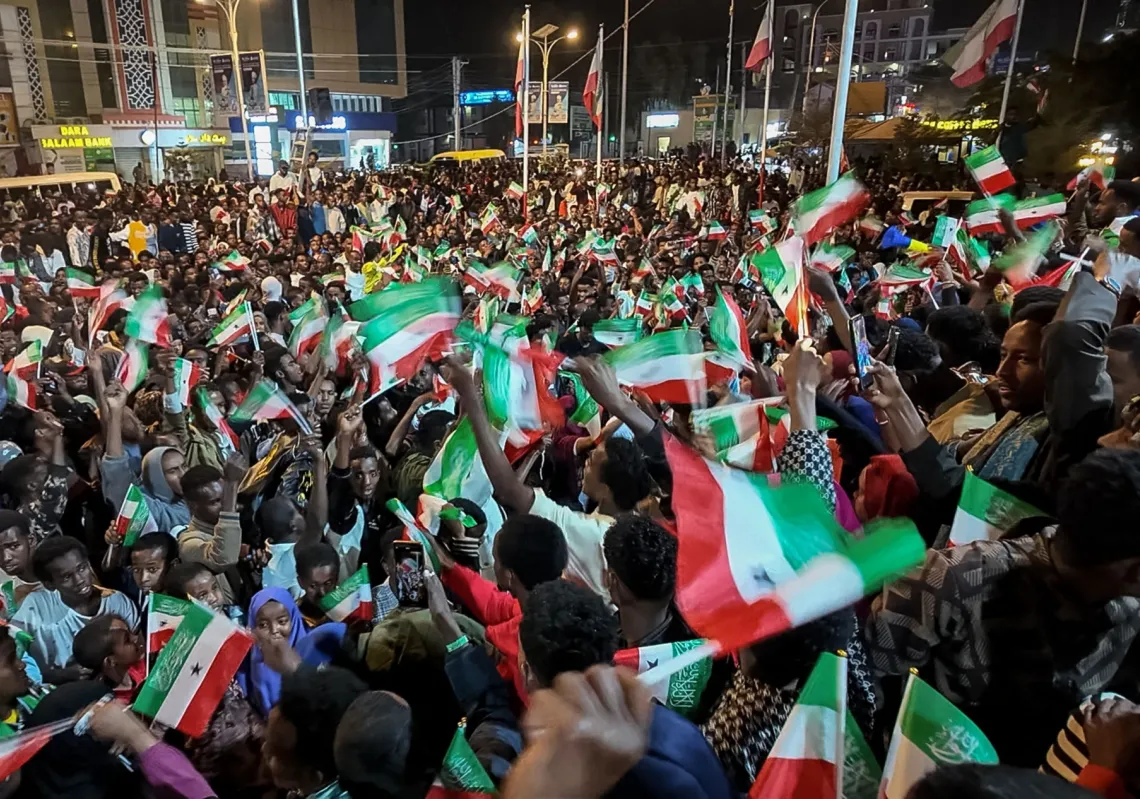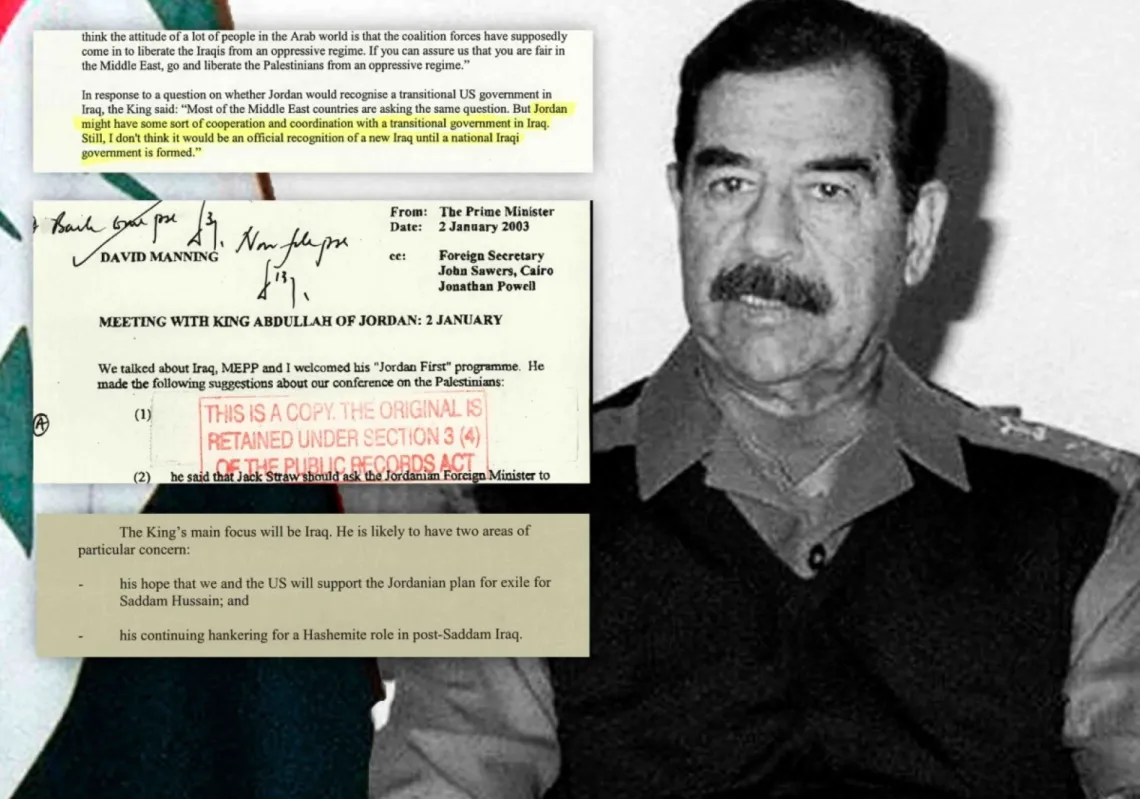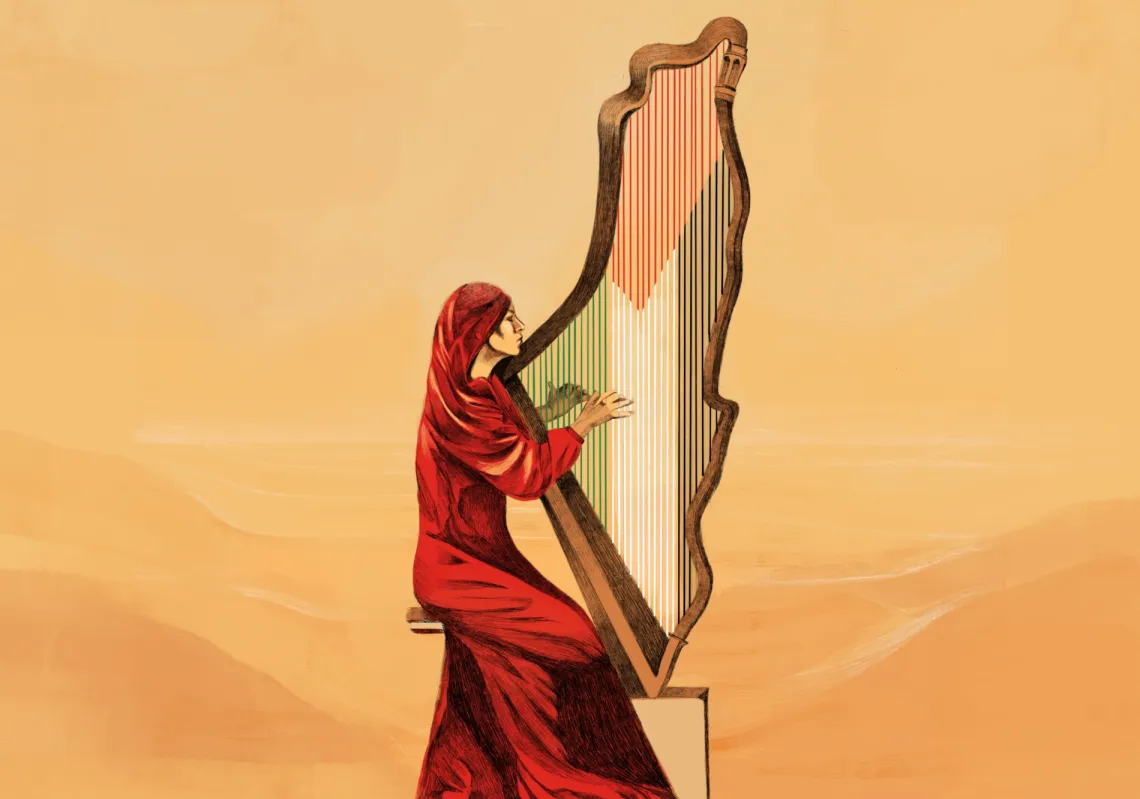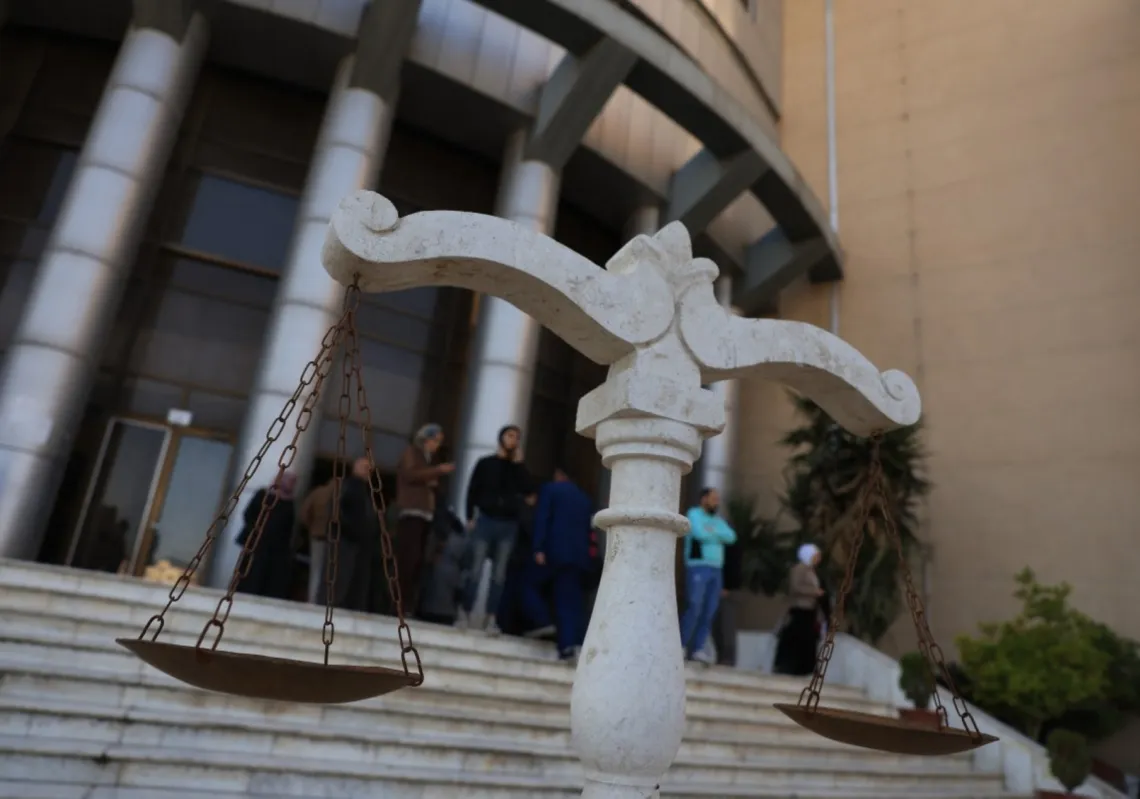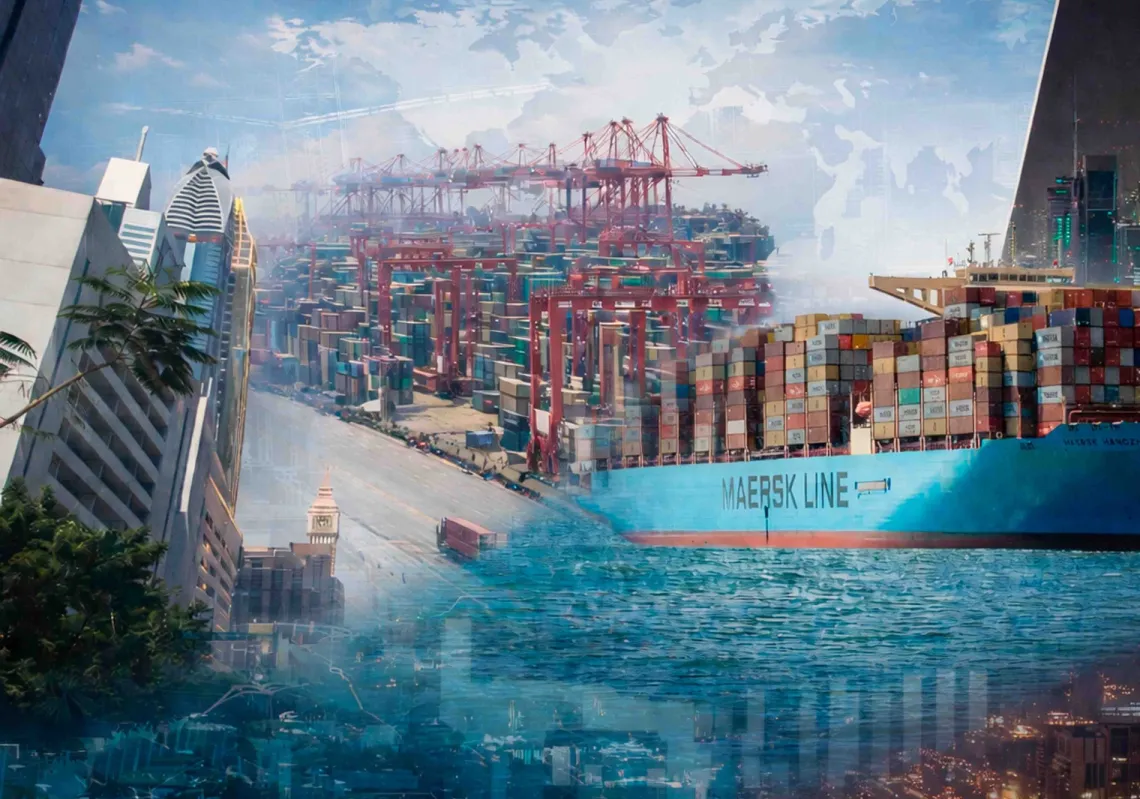Bashar al-Assad has fallen. Syria has wrenched itself free of his family’s grip and life has reaffirmed some enduring truths: that the people will prevail, unconquerable and resilient. Brutality may delay things, but it cannot reverse the tide of history. Dictators beware—downfall is your destiny.
Syria has turned the page on half a century of Assad presidency and 14 years of desperate struggle since the uprising in 2011. In the end, it took just 11 days for Assad to fly to Moscow, letting Ahmad al-Sharaa enter Damascus.
The scenes will not quickly be forgotten—rebel forces roaming presidential palaces, exploring hidden tunnels, as prisoners, long denied freedom, stepped out into the sunlight, breathing liberty at last.
In the end, Assad’s fall was swift, the ‘Battle of Aleppo’ starkly revealing that the Syrian army was both unable and unwilling to fight. The scale of its collapses west of Aleppo was staggering and surprised everyone. One after another, defensive lines fell, military units disbanded, and major cities were lost in rapid succession.
Iran and Russia
In recent months, Iran and its proxies have suffered significant setbacks, with Israeli strikes having severely weakened Hezbollah, the Houthis, and Hamas. At least it still had influence in Syria, or so it thought.
Bashar al-Assad’s escape symbolised the culmination of these strategic blows. Together with the killing in September of Hezbollah’s Hassan Nasrallah, it marked a turning point for the embattled ‘axis of resistance.’





